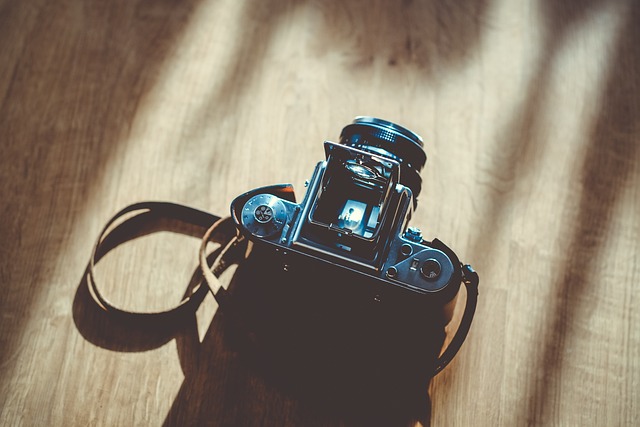Understanding your camera settings is essential for capturing stunning images. Let’s explore the basics to help you get started.
1. Shutter Speed:
This setting controls the duration of time the camera’s shutter remains open. A fast shutter speed freezes motion, ideal for capturing action shots or crisp images in bright light. Conversely, a slow shutter speed creates motion blur, perfect for conveying a sense of movement or capturing low-light scenes.
Table of contents
2. Aperture:
It’s measured in f-stops. A lower f-stop (e.g., f/1.8) means a larger aperture, allowing more light to enter the camera. This setting affects depth of field, influencing how much of your image is in focus.

3. ISO
ISO measures the sensitivity of your camera’s sensor to light. A lower ISO (e.g., ISO 100) is less sensitive and produces cleaner images with less noise but requires more light. Higher ISO settings (e.g., ISO 1600) are more sensitive and suitable for low-light conditions but may introduce grain or noise to your photos.
4. Exposure Compensation:
This setting allows you to adjust the exposure manually if the camera’s automatic settings are not providing the desired results. You can increase or decrease the exposure to make your image brighter or darker, respectively.
5. White Balance:
White balance controls the color temperature of your photos, ensuring that whites appear white under different lighting conditions. It’s crucial for Understanding Camera Settings maintaining accurate colors in your images, whether you’re shooting indoors under artificial light or outdoors in natural sunlight.
6. Focus Mode:
Depending on your subject and shooting conditions, you can choose between autofocus (where the camera automatically focuses on the subject) and manual focus (where you adjust the focus yourself). Some cameras also offer continuous autofocus for tracking moving subjects.
7. Metering Mode:
Metering determines how your camera measures light to set the exposure. Common metering modes include evaluative/matrix metering (where the camera evaluates the entire scene), center-weighted metering (where the camera prioritizes the center of the frame), and spot metering (where the camera measures light from a specific point).
Understanding these fundamental camera settings will empower you to take control of your photography and unleash your creativity. Experiment with different combinations of settings to achieve the desired effects and capture memorable moments with your camera.

Advanced Camera Settings: Enhancing Your Photography Skills
Mastering advanced camera settings can elevate your images and unlock endless creative possibilities. Let’s delve into some advanced settings and techniques to help you refine your skills.
Long exposure photography
involves using a slow shutter speed to Understanding Camera Settings capture stationary elements sharply while blurring moving objects, creating stunning effects like light trails or silky smooth waterfalls. Experiment with different shutter speeds and use a tripod to keep your camera steady.
2. Depth of Field Control:
While aperture primarily determines depth of field, combining it with focal length and subject distance allows for precise control over the zone of sharp focus in your images. Wide apertures (low f-stop values) produce shallow depth of field, ideal for isolating subjects from their backgrounds, while narrow apertures (high f-stop values) increase depth of field, keeping more of the scene in focus.
3. Bracketing:
Bracketing involves taking multiple shots of the same scene at different exposure levels (typically underexposed, properly exposed, and overexposed) to ensure you capture all the details in high-contrast scenes or for HDR (High Dynamic Range) photography. Most cameras offer auto bracketing features for convenience.
4. Focus Stacking:
Focus stacking is a technique used to achieve a greater depth of field by combining multiple images focused at different distances into a single, sharp composite image. It’s particularly useful in macro photography or when shooting landscapes where maintaining sharpness throughout the scene is essential.
5. Custom Picture Styles/Presets:
Many cameras allow you to create custom picture styles or presets to apply specific settings tailored to different shooting scenarios or personal preferences. Experiment with customizing contrast, saturation, and sharpness to achieve your desired look straight out of the camera.

6. Advanced Autofocus Modes:
Beyond basic autofocus modes, advanced cameras offer sophisticated autofocus systems with features like tracking autofocus, eye detection, and face detection. These tools are invaluable for capturing fast-moving subjects or achieving precise focus on portrait subjects’ eyes.
7. Manual Mode Mastery:
While automatic and semi-automatic modes offer convenience, mastering manual mode gives you full control over exposure settings. Practice adjusting shutter speed, aperture, and ISO independently to achieve the perfect exposure for any lighting situation.
By familiarizing yourself with these advanced camera settings and techniques, you’ll be better equipped to tackle challenging shooting conditions and unleash your creativity. Remember, practice makes perfect, so don’t be afraid to experiment and push the boundaries of your photography skills.
